BoC kept overnight rate target unchanged at 1.50%. Tightening bias is maintained as “higher interest rates will be warranted to achieve the inflation target”.
Overall economy evolved “closely in line” with BoC’s July projections. Q3 GDP is expected to “slow temporarily” due to “further fluctuations in energy production and exports.” The surge in July CPI to 3% was “higher than expected” but “in large part because of a jump in the airfare component”. BoC maintained that CPI will move back to 2% in early 2019.
BoC also talked down trade threats as “demand towards business investment and exports is proceeding”.
Overall, BoC sounds rather confident on the economy and it’s on course for another rate hike in October.
Full statement below.
Bank of Canada maintains overnight rate target at 1 ½ per cent
The Bank of Canada today maintained its target for the overnight rate at 1 ½ per cent. The Bank Rate is correspondingly 1 ¾ per cent and the deposit rate is 1 ¼ per cent.
CPI inflation moved up to 3 per cent in July. This was higher than expected, in large part because of a jump in the airfare component of the consumer price index. The Bank expects CPI inflation to move back towards 2 per cent in early 2019, as the effects of past increases in gasoline prices dissipate. The Bank’s core measures of inflation remain firmly around 2 per cent, consistent with an economy that has been operating near capacity for some time. Wage growth remains moderate.
Recent data on the global economy have been consistent with the Bank’s July Monetary Policy Report (MPR) projections. The US economy is particularly robust, with strong consumer spending and business investment. Elevated trade tensions remain a key risk to the global outlook and are pulling some commodity prices lower. Meanwhile, financial stresses have intensified in certain emerging market economies, but with limited spillovers to other countries.
The Canadian economy is evolving closely in line with the Bank’s July projection for growth to average near potential. Following growth of 1.4 per cent in the first quarter, GDP rebounded by 2.9 per cent in the second quarter, as the Bank had forecast. GDP growth is expected to slow temporarily in the third quarter, mainly because of further fluctuations in energy production and exports.
While uncertainty about trade policies continues to weigh on businesses, the rotation of demand towards business investment and exports is proceeding. Despite choppiness in the data, both business investment and exports have been growing solidly for several quarters. Meanwhile, activity in the housing market is beginning to stabilize as households adjust to higher interest rates and changes in housing policies. Continuing gains in employment and labour income are helping to support consumption. As past interest rate increases work their way through the economy, credit growth has moderated and the household debt-to-income ratio is beginning to edge down.
Recent data reinforce Governing Council’s assessment that higher interest rates will be warranted to achieve the inflation target. We will continue to take a gradual approach, guided by incoming data. In particular, the Bank continues to gauge the economy’s reaction to higher interest rates. The Bank is also monitoring closely the course of NAFTA negotiations and other trade policy developments, and their impact on the inflation outlook.
Information note
The next scheduled date for announcing the overnight rate target is October 24, 2018. The next full update of the Bank’s outlook for the economy and inflation, including risks to the projection, will be published in the MPR at the same time.




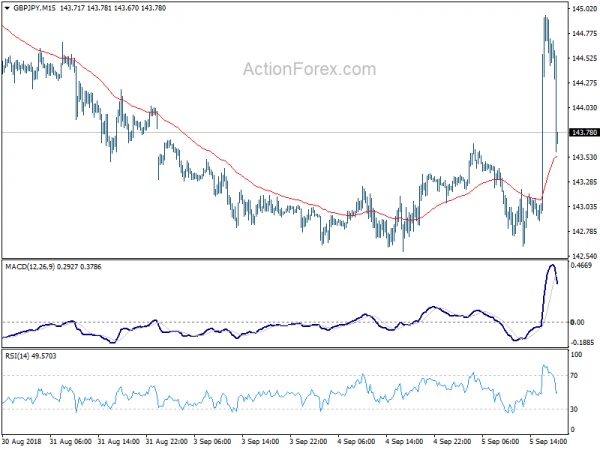
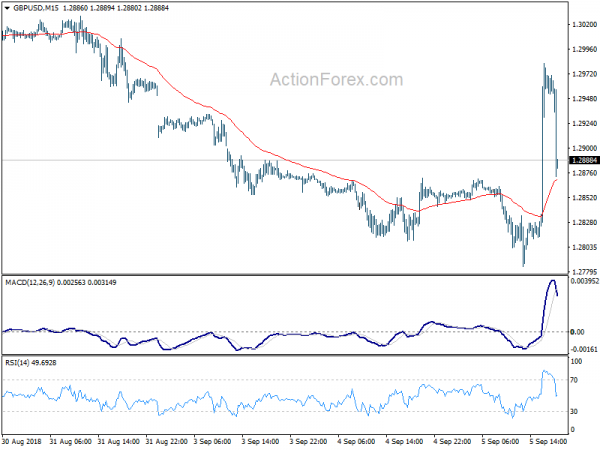
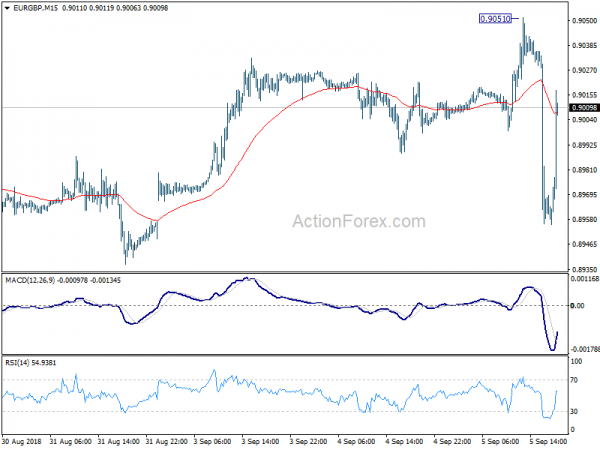
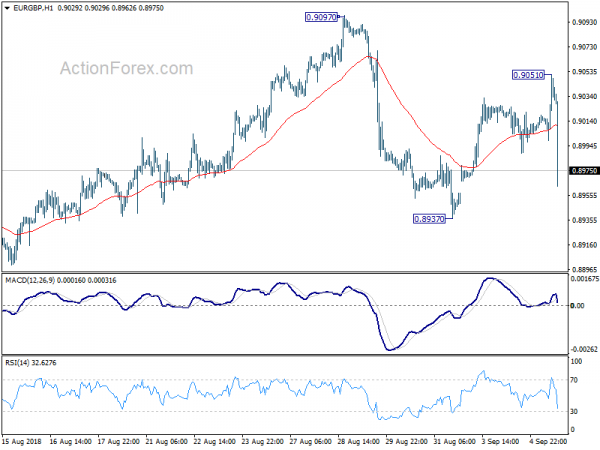
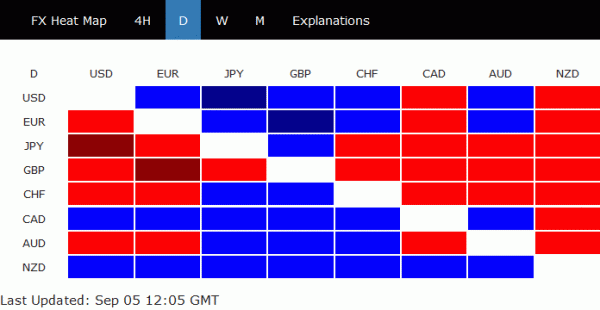
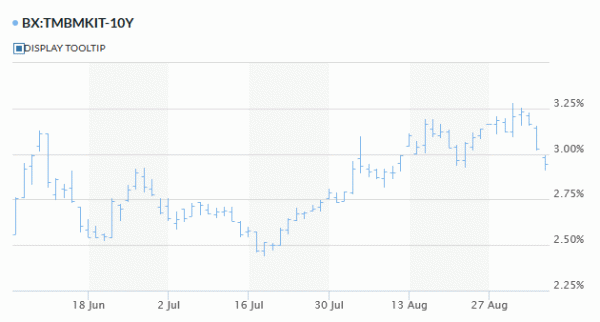
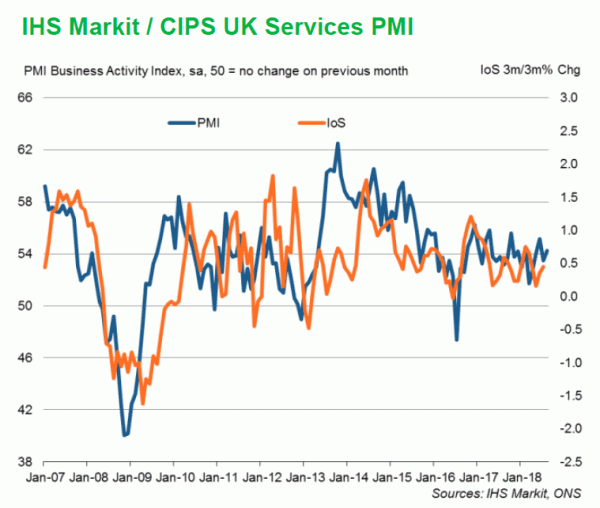
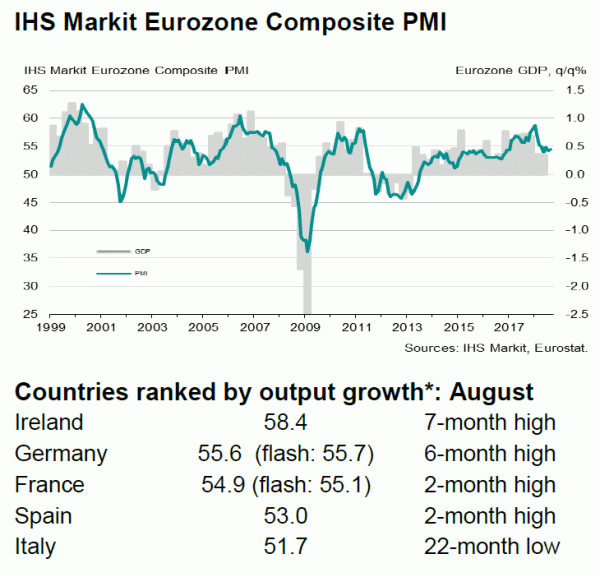
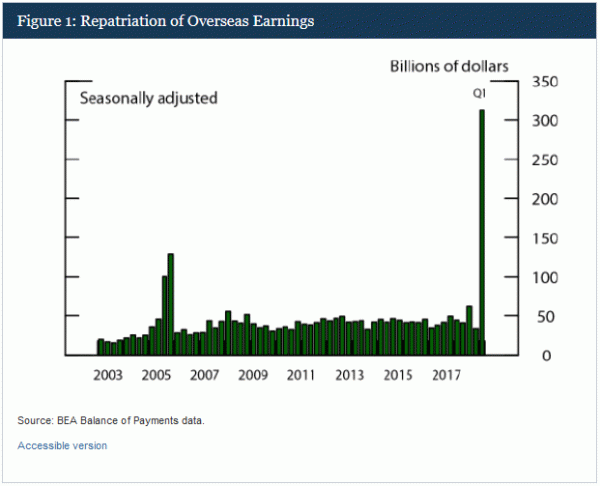
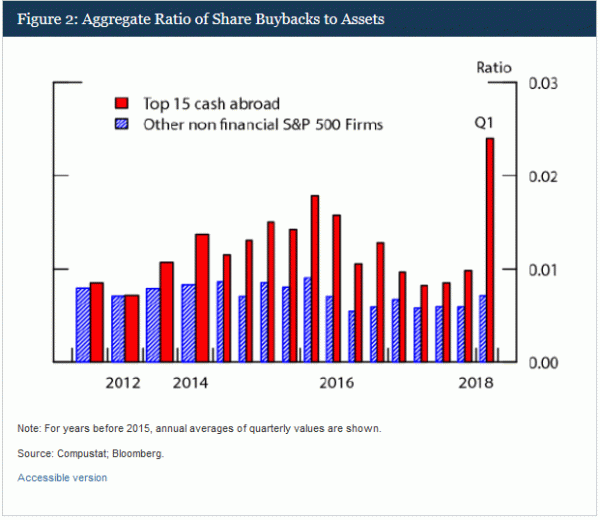
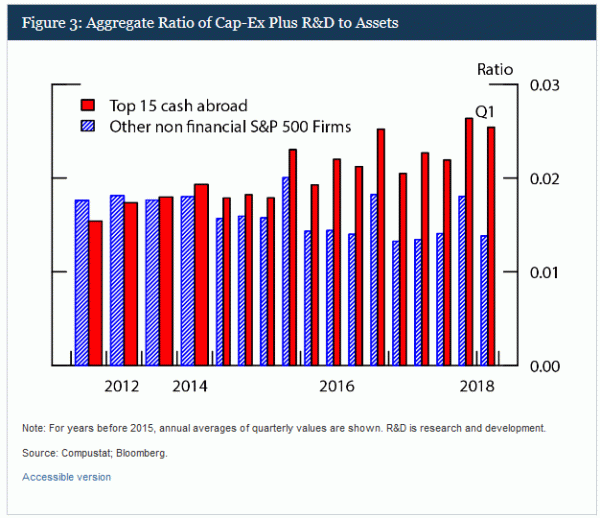
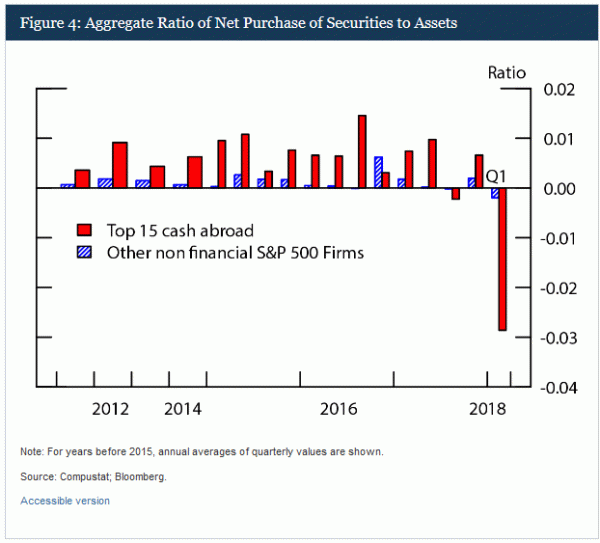
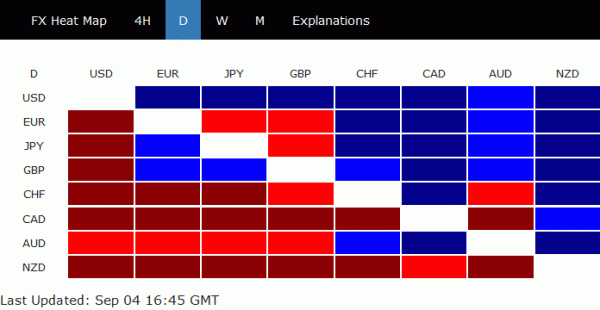
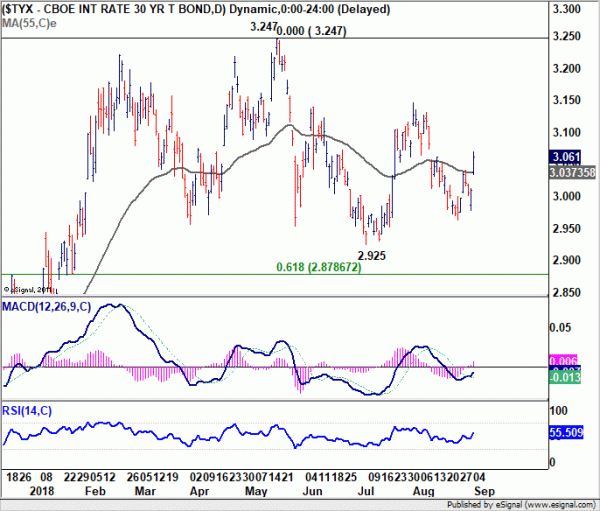
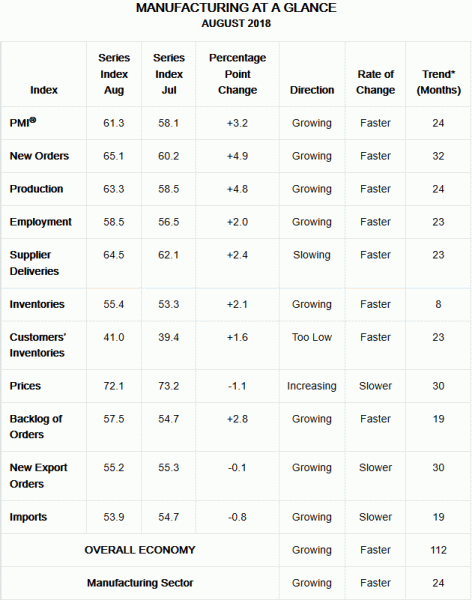
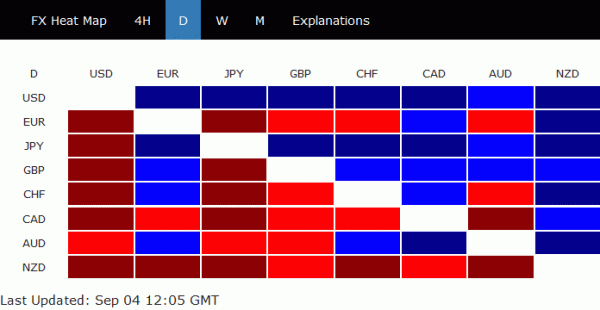

Mid-US update: Sterling stays up after fake Brexit news volatility
Sterling had a wild wide today. It’s firstly lifted by a Bloomberg report that Germany and UK dropped key Brexit demand, paving the way for a deal. But then, the Pound was knocked down after a German government spokesman said that the stance was not changed. After all the volatility, the Pound is trading as the second strongest one for the day so far, next to Kiwi and better than Euro. Euro is clearly supported by sharply narrowed Italian-German yield spread. Italian politician’s promise for not blowing up the public account was well taken by investors.
On the other hand, Dollar is trading as the weakest one for today after yesterday’s rally attempt failed. Canadian Dollar followed as the second weakest. BoC’s standing pat was widely expected. The statement showed much confidence in policymakers and BoC is still on track for an October hike. But the Loonie is troubled by the deadlock in trade negotiation with the US. Yen got little support from risk aversion and is trading as third weakest. Rebound in German yield is a factor contributing to Yen’s sluggishness.
In other markets, US stocks are rather steady. DOW is up 0.04% at the time of writing, S&P 500 down -0.37% and NASDAQ down -1.06%. That’s nothing comparing to -1.0% fall in FTSE, -1.39% in DAX and -1.54% in CAC.